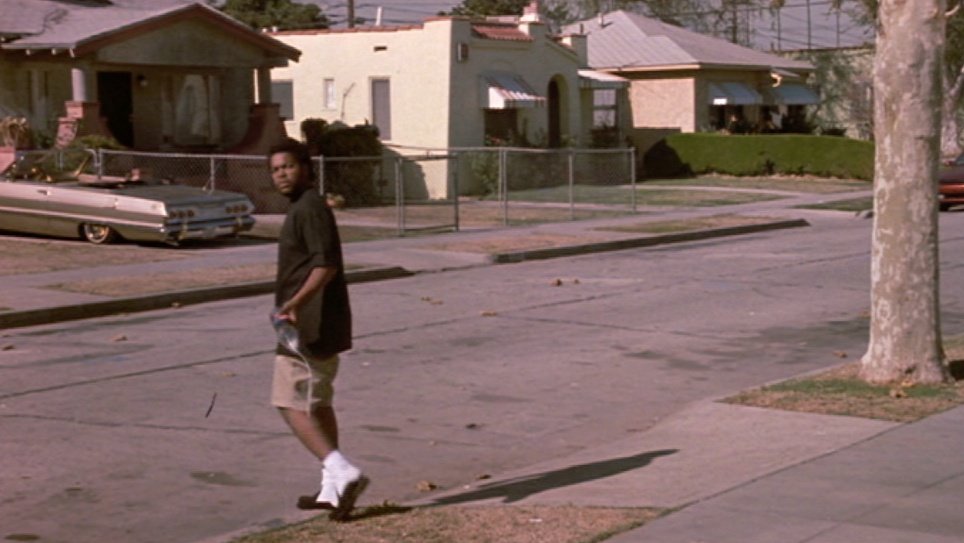

The difference between them and Boyz n the Hood is what’s at stake in the latter. The principal characters are forced into adult situations, but many elements of the teen films that marked the 1980s are present. It’s a coming of age story-one that shows, in explicit detail, how children are victimized by their surroundings.īoyz n the Hood, the work of a 22-year-old writer and director, is also a teen movie. Boyz n the Hood is irrefutably urban, but simply categorizing it as an “urban film” undercuts the blunt force of its impact. The police, tasked with restoring and maintaining order, are an equal threat. Hope isn’t waiting around the corner for these kids, death-in the form of society’s ills (drugs, disease, violence)-is. Doughboy has a conscience, but has already been in and out of jail. Ricky is a prodigious athlete and teenage father hoping to provide for his family with his gift. The whip-smart Tre is college-bound, and although he benefited from spending adolescence under the guidance of his principled father, Furious, his safety isn’t guaranteed. The film follows Tre Styles and his friends, half-brothers Ricky and Doughboy, as they navigate South Central Los Angeles’s minefield from childhood to the cusp of adulthood. The ghetto eats its young.įor 25 years now, John Singleton’s brilliant debut, Boyz n the Hood, has been lionized as a definitive hood classic for painting a remarkably evocative image of what it’s like to grow up in a war zone. The ghetto is where detainees are waterboarded by life. Something is ghetto when it’s left to rot by the rest of the world. Your locker isn’t “ghetto” because it won’t open and your iPhone screen damn sure isn’t “ghetto” because it’s cracked. In many cases, they’re also the necessary reminders that your remote control isn’t “ghetto” when it doesn’t work. The crème de la crème are layered scans of life in the ghetto.

Films are portals into worlds hood movies are no different.


 0 kommentar(er)
0 kommentar(er)
